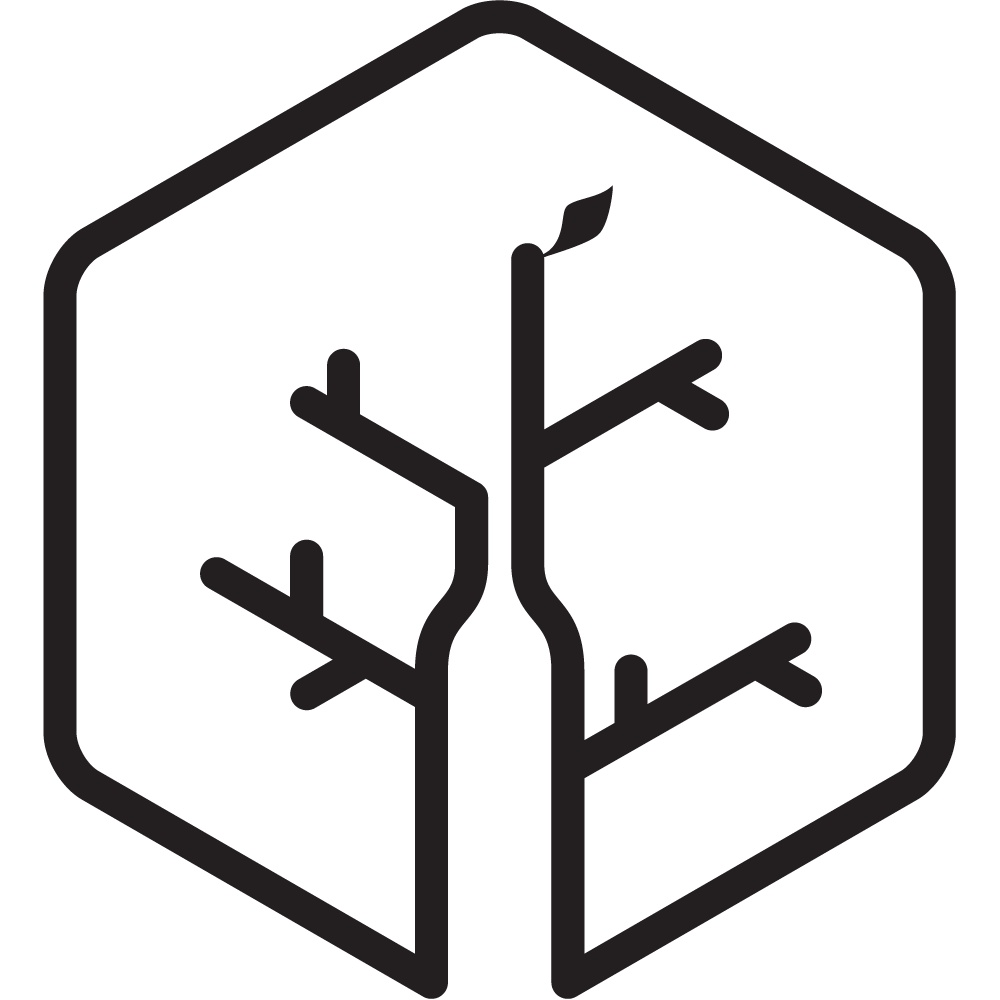Organised Chaos: Hayden Penny's vision of Hawke's Bay wine for the people.
/written by Stephen Wong
Hayden Penny, winemaker
Organised Chaos is the newly-launched label from Hayden Penny, best known as the winemaker behind the Supernatural wines from Millar Road (he was also previously responsible for William Murdoch Wines, and more recently, Petane Station). One of the younger generation of winemakers actively crafting a new narrative for Hawke’s Bay wine, Hayden has nurtured relationships with local vineyards and growers, especially in the lesser-known subregions and these wines are a result of those friendships. The labels are instantly attention-grabbing, using strongly graphic monochrome interference patterns to create a sense of dynamism and movement. Aptly, they reflect Hayden’s desire to capture an energetic and refreshing balance in his wines. I tasted his three new releases, sourced from two different sites. The Pinot Gris 2019 is from Petane Station, a cooler-climate, dry-farmed vineyard in Eskdale, less than 3km from the coast. Whole-bunch pressed into stainless steel tanks for a long, cold ferment which was arrested when medium-dry, it captures the spicy, aromatically complex nature of well-ripened Pinot Gris, carefully playing off the 9g/L of residual sugar against an airy, savoury acidity and alternating between dried pear and ripe apricot flavours from start to finish. Despite not having any time on skins, it possesses an appetising phenolic texture, which makes this a perfect aperitif or stand-alone wine - meaning it doesn’t need food to shine.
Hayden’s other two wines, Chardonnay and Syrah, are both grown at Hope’s Grove, a unique vineyard on the limestone slopes rising above the Heretaunga plains, west of Paki Paki, right on the cusp of Central Hawke’s Bay terroir. The Chardonnay is utterly modern. For clone-geeks, this is a blend of the high-quality stalwart Chardonnay clone UCD15 and the brand new ENTAV-INRA 548 clone, which purportedly has lower acidity and a more effusive mineral stamp. As a result of the softer acidity, this has only undergone partial malolactic fermentation. A technical wine with deft application of oak only for mid-palate structure, this is predominantly tank-fermented with subtle texture coming from two barrel-ferments in neutral barriques incorporated into the blend. As mentioned, this is very modern, showing none of the buttery, heavy or creamy notes of Chardonnay from years gone by. Salty, tangy fruit are the order of the day - salivating and refreshing yet not at all tart. Stylistically, it sits between the traditional expression of NZ Chardonnay and the leaner, bony styles which were popular in Australia across the past decade and a half. Restrained but unpretentious. A wine for drinking, not cellaring, despite its inbuilt austerity.
Hayden’s 2019 wines
The Syrah is entirely from the MS clone, or what is also known as the Limmer clones. These have olive-shaped berries and are directly propagated from the 100 cuttings which Alan Limmer famously saved from destruction at Te Kauwhata research station when he took them to plant at Stonecroft back in the 1980s. Where the Chardonnay is driven by style and modernity, the Syrah is a raw expression of grape and site. Fermented for 20 days and made without any oak influence at all, it is clean, crunchy and vibrant with an understated complexity. A streak of bright red fruit, a flash of wild flowers, the tang of green olives and finished with a whiff of dried bay leaves, I found this the most compelling of the trio, a voice of Syrah I hadn’t previously heard. Intentionally stripped back, Hayden's sensitive winemaking has allowed the medium-bodied, energetic nature of this limestone-grown Syrah to shine. It is rare to encounter something this interesting which doesn't immediately reference an Old-World archetype.
As a man of the land, Hayden is as understated in demeanor as these wines, but his excitement and love for Hawke’s Bay is hard to miss. His intention for Organised Chaos is to craft wines which sing the melody of places which may not yet be part of the main chorus of the region - and if this first set are anything to go by, from the cooler, less blockbuster sites. However, a terroir doesn’t have to deliver powerful, grand wines of great intensity and richness to be special. As our vineyards mature and our understanding of the NZ’s terroir grows, so does the space for a greater diversity of expression. Rather than competing for the limelight against Hawke’s Bay’s undeniably great heritage of palate-dominating wines, her new generation of vignerons and winemakers are carving a space for their craft in the quiet places.













